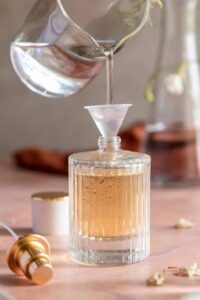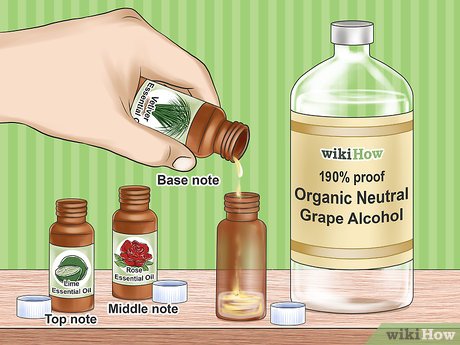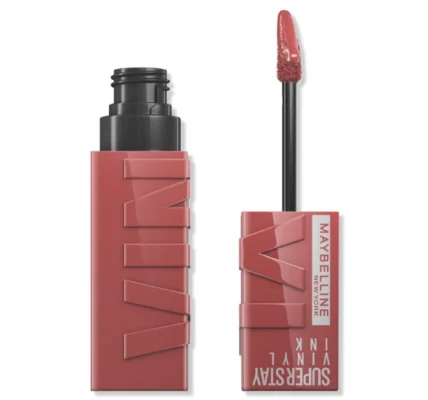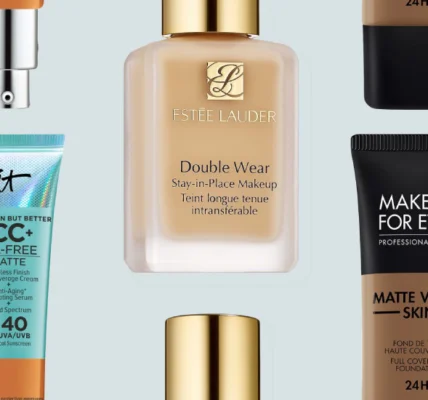DIY perfume possessing a trademark fragrance that is distinctive to you and makes an impression is special. Although store-bought scents might be enjoyable, they frequently have high prices and cannot perfectly represent your tastes. The technique of producing perfumes at home can help with that. Making your fragrance at home is incredibly fulfilling and economical. It gives you complete control over the components to make sure your product is free of harsh chemicals and customized to your preferences, while also letting you experiment with scents that speak to your personality, mood, and memories.
Making your perfume is a fun way to let your creativity run wild, regardless of your preference for flowery, woody, citrusy, or completely original scents. To help you create a trademark perfume that expresses your uniqueness, we’ll assist you through the steps of blending essential oils, choosing scent notes, and bottling your creation. Let’s embark on this aromatic journey!

What You’ll Need
Essential Oils
Top Notes: The initial impression of your fragrance, which includes notes of citrus, lavender, and mint.
Middle notes, which include rose, jasmine, and cinnamon, are the warm, full-bodied core of your scent.
Base Notes: The rich, enduring base (such as musk, sandalwood, and vanilla).
Carrier Oil
Make use of a neutral oil such as fractionated coconut oil, sweet almond oil, or jojoba.
Alcohol
Vodka or perfumer’s alcohol (at least 90% alcohol concentration) aids in blending and maintaining the aroma.
To dilute the perfume, use distilled water.
Tiny Glass Bottles
To shield the fragrance from light, use dark-colored bottles (cobalt or amber)
Funnels and pipettes
To prevent mess and ensure accurate measurements.
To write down your recipe for upcoming batches, use a notebook and pen.
Steps to Make Your Perfume
Choose Your Fragrance Notes:
Choose one or two oils for the top, middle, and base notes.
30% top notes, 50% middle notes, and 20% base notes should be the starting ratio.
Blend Your Oils:
Put ten to fifteen drops of your essential oils in a little glass vial.
Try beginning with base notes, moving on to middle notes, and concluding with top notes.
Add Alcohol:
Fill the vial containing your oils with two teaspoons of alcohol. This will assist the aroma blend and dilute it.
Let It Mature:
After sealing the bottle, leave it for 48 hours to 6 weeks in a cool, dark place. The aroma will intensify the longer it is left to rest.
Dilute with Water:
Add one teaspoon of distilled water after you’re satisfied with the aroma. To get the strength you want, adjust.
Filter (Optional):
Use cheesecloth or a coffee filter to drain the liquid into a different clean bottle if any residue is visible.
Bottle and Label:
Pour your fragrance into a pretty bottle. Put the date and the name of your trademark scent on a label.
Tips for Success
As you go, dab a drop on your wrist to test your scent.
To find a more natural, skin-friendly perfume, stay away from synthetic scents.
To keep your perfume strong, keep it somewhere cool and dark.
Making your perfume is a fun way to express yourself and explore your imagination. By mixing essential oils and trying out various scent combinations, you may create a fragrance that is exclusively yours that accurately captures your individuality and sense of style. Beyond the delight of donning a personalized fragrance, the procedure itself is fulfilling and provides a greater understanding of the craft of perfumery. DIY perfume manufacturing is a great way to bring a unique touch to your daily life, whether you’re creating a signature scent for yourself or as a considerate present for someone important. So get your supplies together, use your imagination, and begin creating a fragrance that is as distinctive as you are!




